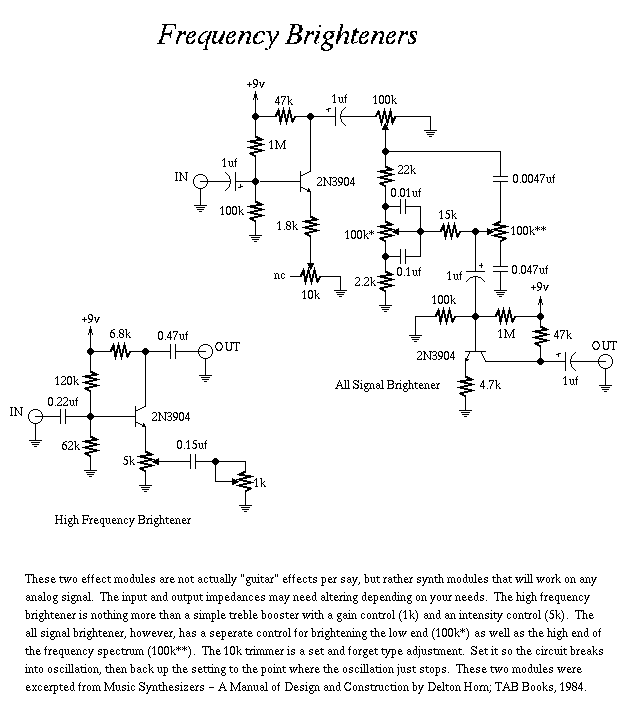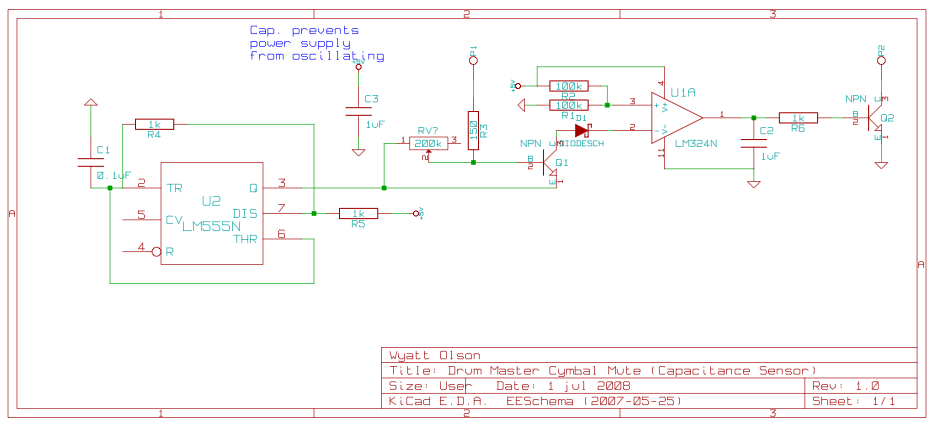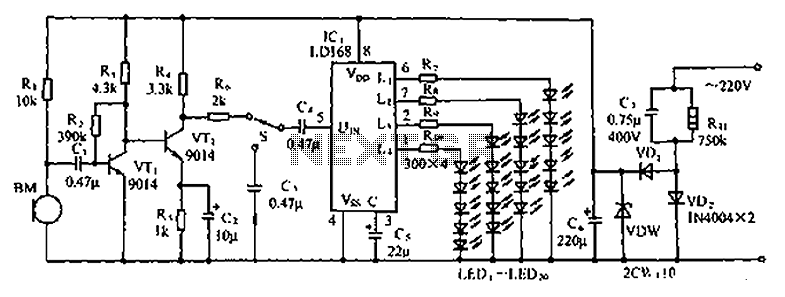
Manpower sensing alarm circuit

The manpower inductive alarm circuit is simple and practical. When a person's hand approaches the sensing line, the alarm emits a sound, making it suitable for male electrical burglar alarms. The induction line L is approximately 50 cm long. If the wire is too long, it may cause false alarms. When a person is near the sensing line L, it induces a signal in L, which is then applied to the time base circuit of the NE555 timer. Due to the high input impedance at the first pin of the NE555, even weak induction signals can trigger the circuit. The strong output signal from the NE555 drives the speaker BL to produce sound. The alarm has high sensitivity, activating from a distance of 15 cm, producing a silent alarm sound that lasts for one second before disappearing.
The manpower inductive alarm circuit utilizes a sensing line to detect the presence of individuals within a specified range. The core component of the circuit is the NE555 timer IC, configured in a monostable mode. The sensing line, designated as L, is a length of wire that serves as the detection element. The optimal length of this wire is around 50 cm; lengths beyond this may lead to undesired triggering of the alarm system due to noise or interference.
When an individual approaches the sensing line within 15 cm, the proximity induces a detectable signal in the wire. This induced signal is fed into the NE555 timer's trigger input (pin 2). The NE555 timer is designed to respond to low-voltage signals due to its high input impedance, allowing it to react even to weak signals. Once triggered, the timer generates a pulse at its output (pin 3), which activates the connected speaker (BL), generating an audible alarm sound.
The circuit's sensitivity can be finely tuned by adjusting the resistor and capacitor values associated with the NE555 timer, which control the duration and characteristics of the output pulse. The alarm sound is designed to last for a brief period—approximately one second—before automatically silencing, ensuring that the system is efficient and does not cause prolonged disturbances.
This type of alarm circuit is particularly useful in security applications, where discreet and immediate alerts are necessary upon detecting unauthorized access. The simplicity of the circuit design allows for easy implementation and integration into various security systems, providing an effective solution for monitoring sensitive areas.As shown in manpower inductive alarm circuit, simple and practical, when a person's hand near the sensing line, the alarm will send out alarm sound, which is very suitable for the male electrical burglar alarm. Induction line L is a long lo ~ 50cm of wire, wire as if too long, it will cause the alarm from the alarm. When the staff proximity sensing line when L, will induce a signal in the L, the signal is applied to the time base circuit NE555 first feet and legs, and feet due feet high input impedance, even a weak induction signals 555 will work, the first feet strong signal to drive the speaker BL sound. The alarm sensitivity is high, the manpower from the flux lines at 15cm, silent alarm sound an alarm, continue 1 Meng and then disappears.
The manpower inductive alarm circuit utilizes a sensing line to detect the presence of individuals within a specified range. The core component of the circuit is the NE555 timer IC, configured in a monostable mode. The sensing line, designated as L, is a length of wire that serves as the detection element. The optimal length of this wire is around 50 cm; lengths beyond this may lead to undesired triggering of the alarm system due to noise or interference.
When an individual approaches the sensing line within 15 cm, the proximity induces a detectable signal in the wire. This induced signal is fed into the NE555 timer's trigger input (pin 2). The NE555 timer is designed to respond to low-voltage signals due to its high input impedance, allowing it to react even to weak signals. Once triggered, the timer generates a pulse at its output (pin 3), which activates the connected speaker (BL), generating an audible alarm sound.
The circuit's sensitivity can be finely tuned by adjusting the resistor and capacitor values associated with the NE555 timer, which control the duration and characteristics of the output pulse. The alarm sound is designed to last for a brief period—approximately one second—before automatically silencing, ensuring that the system is efficient and does not cause prolonged disturbances.
This type of alarm circuit is particularly useful in security applications, where discreet and immediate alerts are necessary upon detecting unauthorized access. The simplicity of the circuit design allows for easy implementation and integration into various security systems, providing an effective solution for monitoring sensitive areas.As shown in manpower inductive alarm circuit, simple and practical, when a person's hand near the sensing line, the alarm will send out alarm sound, which is very suitable for the male electrical burglar alarm. Induction line L is a long lo ~ 50cm of wire, wire as if too long, it will cause the alarm from the alarm. When the staff proximity sensing line when L, will induce a signal in the L, the signal is applied to the time base circuit NE555 first feet and legs, and feet due feet high input impedance, even a weak induction signals 555 will work, the first feet strong signal to drive the speaker BL sound. The alarm sensitivity is high, the manpower from the flux lines at 15cm, silent alarm sound an alarm, continue 1 Meng and then disappears.





